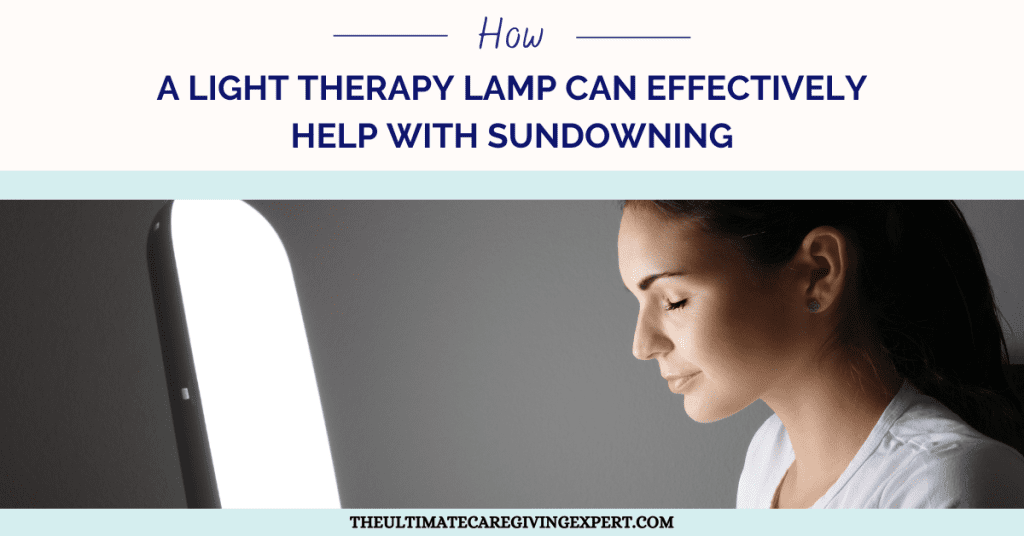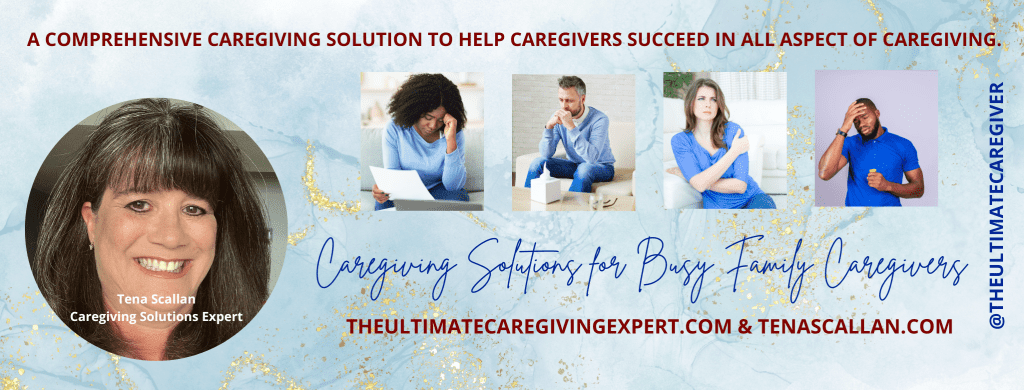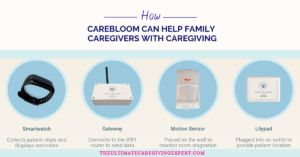Caring for a loved one with dementia can be challenging, especially when dealing with sundowning syndrome—a condition that causes restlessness, confusion, and agitation in the evening. Light therapy lamps have emerged as a natural and effective way to ease these symptoms by regulating the body’s internal clock. In this guide, we’ll explore how bright light therapy can help manage sundowning, improve sleep patterns, and enhance the overall well-being of dementia patients.
What is a light therapy lamp?
A light therapy lamp is a device used to treat conditions like seasonal affective disorder (SAD), mood disorders, and sleep problems. It mimics natural outdoor light, which can help regulate the body’s internal clock and improve overall well-being. For individuals with dementia, light therapy can be particularly effective in managing sundowning symptoms, offering a natural way to address restlessness and agitation, especially during the evening hours.
How Light Therapy Lamps Help with Sundowning
-
Irritability
-
Restlessness
-
Confusion
-
Agitation,
Caregiver stress while handling loved ones with sundowning
Welcoming solutions for caregivers
How Bright Light Therapy Works for Sundowning
Bright light therapy works by exposing individuals to light that simulates natural sunlight, which helps regulate the body’s biological clock. This exposure has been shown to:
- Improve mood
- Reduce agitation
- Promote healthy sleep patterns
Incorporating a light therapy lamp into your loved one’s daily routine can make a noticeable difference, especially in managing evening restlessness or confusion. Regular exposure to bright light during late afternoon or early evening hours can help ease sundowning symptoms.
How to Use a Light Therapy Lamp Effectively
-
Start Slowly: Introduce light therapy gradually to allow your loved one to adjust to the routine.
-
Place the Lamp in an Appropriate Position: Ensure the lamp is placed where it can deliver adequate light without being overwhelming.
-
Follow a Regular Schedule: Consistent exposure to bright light at the same time each day enhances its effectiveness.
-
Avoid Direct Exposure to Eyes: Position the lamp at a comfortable distance to avoid discomfort.
Features of the Carex Daylight Bright Light Therapy lamp
Features of the Carex Daylight Bright Light Therapy Lamp
The Carex daylight bright light therapy lamp is designed specifically to help with sundowning syndrome. Key features include:
- 99.3% UV-filtered light: Ensures safe exposure without harmful UV rays.
- Large light area: Offers a wider range of exposure to improve effectiveness.
- Adjustable light intensity: Provides up to 10,000 LUX, perfect for light therapy or use as a desk lamp.
- Gentle on the eyes: The design ensures comfort even during long sessions.
By using this lamp for just 20-30 minutes a day, many caregivers and patients have reported noticeable improvements in mood and behavior.
Additional Tips for Managing Sundowning
Beyond using a light therapy lamp, there are other strategies to consider when managing sundowning symptoms:
- Create a Calm Environment: Reduce stimuli like loud noises or clutter in the evening.
- Encourage Daylight Exposure: Aim to get your loved one outside during daylight hours, as natural light can help regulate sleep.
- Stick to a Routine: Maintaining a consistent daily schedule helps ease confusion and agitation.





